scSTREAM | HeatDesigner
Fastest and easiest CFD software for electronics and architecture
Ready to learn more?
Overview:
scSTREAM is a general-purpose CFD tool that uses Cartesian or cylindrical structured mesh to enable easy mesh generation and high-speed simulations to be performed in a fraction of the time. Due to the meshing nature and analysis system that enables large-scale calculation, scSTREAM works best at processing extensive simulations, where users are required to solve thermal problems of electronic devices and indoor environment, wind flow, and heat island phenomena.
Software Features
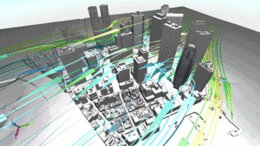
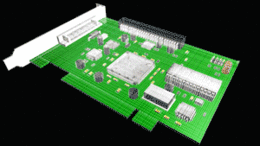
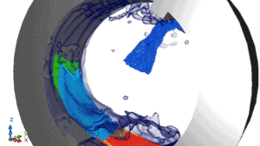
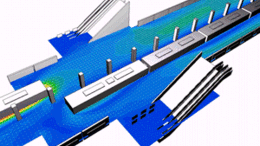
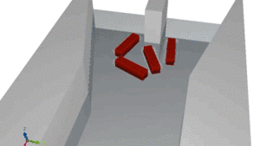
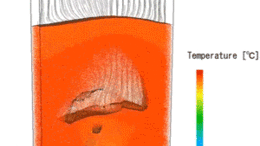
For more details on the latest version, please visit Cradle CFD Support Home Page
-
Various methods to represent shapes
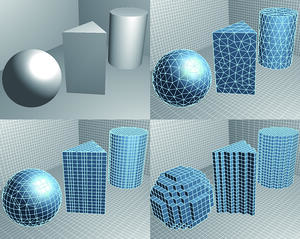
Various methods to represent shapes
The shape of a model to be analyzed can be represented by using the following methods: voxel method (slanted faces and curved faces are represented in cuboids), cut-cell method (the shape of a model created with a CAD tool can be represented more accurately), and finite element model method (a model of an arbitrary shape defined with unstructured mesh can be overlapped on a model defined with structured mesh to use the shape created with a CAD tool as is). -
Large-scale calculation
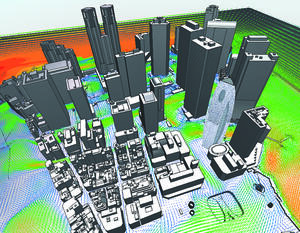
Large-scale calculation
In structured mesh, even a complicated model does not need to be modified almost at all and the shape or the scale of a model does not affect the difficulty of mesh generation. In addition, Solver performs a calculation at a high speed in parallel computing and achieves effective processing as the speed increases depending on the number of subdomains. -
Radiation

Radiation
Radiation heat transfer with the consideration of diffusion, reflection, transmission, refraction, and absorption can be calculated. VF (view factor) method and FLUX method*1 can be used. The lamp function can simulate radiant heat by a filament without detailed shape information of a lamp. In addition to the filament, laser beam and defective radiation specified by half-value angle can be used as a heat source model. -
Reading wiring patterns
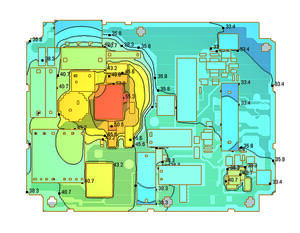
Reading wiring patterns
To calculate heat transfer conditions depending on wiring patterns of a printed circuit board (PCB) in detail, the module can read Gerber data output from an electric CAD tool and import the data as a model for a thermo-fluid analysis. By using Gerber data, a more realistic calculation result can be obtained with the consideration of heat transfer affected by an uneven wiring pattern. -
Solar radiation (ASHRAE, NEDO)
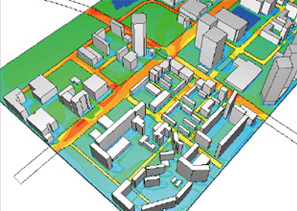
Solar radiation (ASHRAE, NEDO)
Climate data published by ASHRAE and NEDO is preset and can be used for condition setting. By entering arbitrary values of longitude, latitude, date, and time, the solar altitude and the azimuth angle of the sun at a specified location and time are calculated automatically. The effect of solar radiation can be examined in detail. Various parameters including absorption and reflectivity of solar radiation and materials which transmit light diffusely, such as frosted glass, can be set. -
Humidity / dew condensation
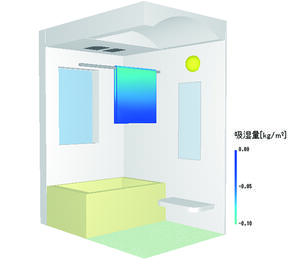
Humidity / dew condensation
The software can analyze humidity in the air. Dew condensation and evaporation on a wall surface due to temperature change can be considered and the amount of dew condensation and evaporation per time can be obtained. The software supports the analyses of moisture transfer inside a solid, and the function can be used to analyze a permeable object and dew condensation inside a part. -
Particle tracking
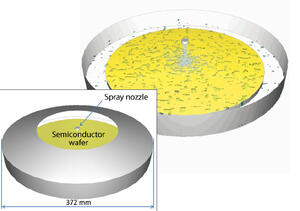
Particle tracking
The software simulates the behavior of particles depending on their characteristics (diameter, density, and sedimentation speed) and action/reaction between particles and a fluid. This includes sedimentation due to gravity, inertial force for mass particles, and movement due to electrostatic force, liquefaction at adhering on a wall surface, evaporation and latent heat, the behavior as bubbles in a liquid for charged particles. -
Discrete element method (DEM)
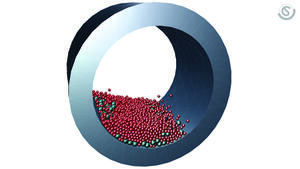
Discrete element method (DEM)
Multiphase analyses can be performed, which enables coupling of fluid analysis and flow analysis of particles. -
Moving objects
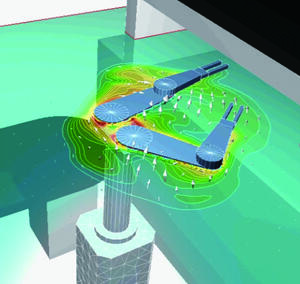
Moving objects
A flow generated by a moving rigid object can be calculated. Conditions including the motions of an object (translation, rotation, and elastic deformation), heat generation/absorption, and air supply/return can be set. The model of a moving object is created on another mesh. In this way, conditions such as the distance that the object moves are limited very little. -
Free surface
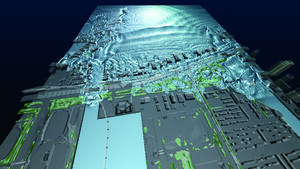
Free surface
The software calculates the shape of an interface between a gas and a liquid. Either MARS or VOF method can be used, and the calculation target phase can be selected: both gas and liquid, only gas, or only liquid. The function is useful in a wide range of fields: from an analysis of tsunami in the civil engineering and construction field to an analysis of soldering in the electronic device field. -
Thermal comfort, heat stress risk and ventilation efficiency indices
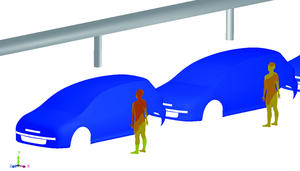
Thermal comfort, heat stress risk and ventilation efficiency indices
Comfort indices PMV and SET* can be derived from already obtained temperature, humidity, and MRT (Mean Radiant Temperature), as one of result-processing functions. WBGT (heat stress risk indices), and the scale for ventilation efficiency (SVE), of which some indices can be converted to a real time, can be set by one click, and the range of calculation area can be selected (for example, either one of two rooms). -
Panel (heat conduction / transfer / thermal transport)
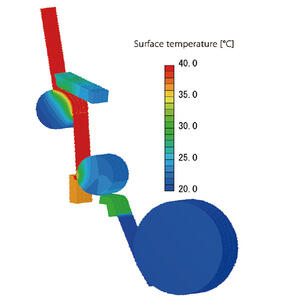
Panel (heat conduction / transfer / thermal transport)
Material properties and motion conditions can be applied to a panel having no thickness in model, which allows for heat conduction to other parts and heat dissipation to air. This enables the simulations of paper feeding and film drying processes, where thin objects move and go under heating repetitively.
Learn more about Cradle CFD products and services at www.cradle-cfd.com